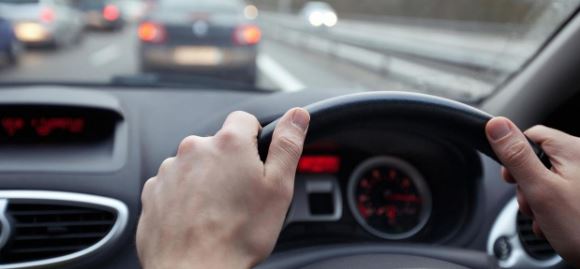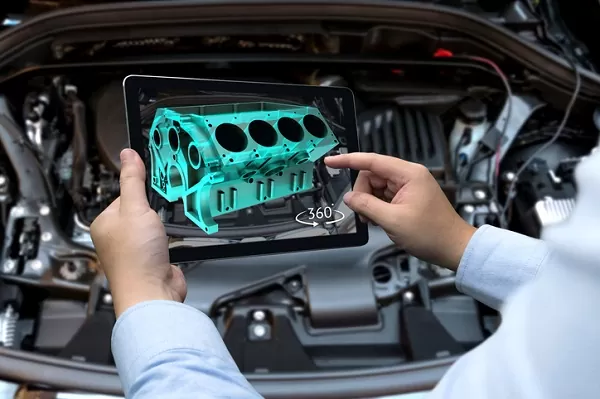As a car owner, it’s important to know how to properly maintain your vehicle. Booking a regular car service with experienced professionals is essential, but there are steps you can take in the meantime. By following these simple tips, you can help keep your car running smoothly and protect your investment. Keep reading to learn more.
1. How To Budget For Auto Repairs
One of the most important things you can do to keep your car running smoothly is to stay on top of routine maintenance and repairs. However, these costs can quickly add up, making it difficult to stay within your budget.
One way to save money on auto repairs is to purchase an extended car warranty. These policyholders typically pay a lower deductible and receive a discount on labor and parts. Additionally, many extended warranties cover roadside assistance, towing, and rental cars, which can further help to reduce your out-of-pocket costs. Of course, extended warranties are not for everyone, so be sure to do your research before making a decision. With a little planning and foresight, you can make sure that your car stays in good shape without breaking the bank.
2. How To Change A Tire
If you find yourself with a flat tire, don’t panic. Changing a tire is a relatively easy process that anyone can learn how to do. Follow these steps and you’ll have your new tire on in no time.
First, you’ll need to gather some supplies. You’ll need a jack, a wrench, and a spare tire. If you don’t have a spare tire, you can usually buy one from a nearby gas station or auto shop. Once you have your supplies, find a level spot to park your car. This will help to prevent the car from rolling while you’re changing the tire. Some people also find it helpful to use the emergency brake to help secure the car.
Next, loosen the lug nuts that hold the wheel in place. You’ll want to use the wrench to loosen them, but don’t take them all the way off just yet. Once the lug nuts are loose, place the jack under the car and raise it until the wheel is lifted off the ground. Finally, remove the wheel and put on the spare. Once the spare is in place, lower the car back down and tighten the lug nuts securely. That’s it! You’ve successfully changed your tire.
3. How To Jump-Start A Car
If your car won’t start, it may be because the car battery is dead. If this is the case, you will need to jump-start the car in order to get it running again. Here’s how to do it: first, make sure that both vehicles are turned off and that the parking brakes are engaged. Then, open the hoods and locate the batteries. You will need to connect the positive terminal (red) of one battery to the positive terminal of the other battery using a set of jumper cables.
Once the cables are connected, start the working vehicle and let it run for a few minutes. Then, try starting your car. If it starts, disconnect the jumpers in the reverse order and drive to a service station to have your battery tested. With a little bit of effort, you can jump-start your car and be on your way.
4. How To Check Fluid Levels And Tire Pressure
Every car owner should know how to check their car’s fluid levels and tire pressure. It’s a simple process that only takes a few minutes, and it can save you a lot of money and hassle in the long run. Here’s how to do it:
First, open the hood of your car and locate the dipstick. This is usually located near the front of the engine, and it will have a handle that you can pull out. Once you’ve found the dipstick, wipe it off with a clean rag and then reinsert it into the car. Next, pull the dipstick out again and check the level of oil on it. If the oil level is low, add more oil until it reaches the full line on the dipstick.
Next, check your car’s coolant level. The coolant tank is usually located near the front of the engine as well, and it will have a marked line that indicates the full level. If the coolant level is low, add more coolant until it reaches the full line.
Finally, check your tire pressure. Each tire should have a recommended pressure level listed on its sidewall, so use a tire pressure gauge to check each tire’s current pressure. If you don’t have a tire pressure gauge you can usually buy one for a relatively cheap price.
5. What To Do In The Event Of A Collision
Car accidents are unfortunately all too common. But what should you do if you find yourself in a collision? The first thing is to stay calm and assess the situation. If possible, move your car to the side of the road to avoid blocking traffic.
Once you’re safely out of the way, turn on your hazard lights to warn other drivers. Next, check yourself and your passengers for injuries. If anyone is hurt, call 911 immediately. If everyone is okay, the next step is to exchange insurance information with the other driver. Be sure to get their name, address, phone number, insurance company name, and policy number.
If there’s visible damage to either car, it’s also a good idea to take photos for documentation purposes. Finally, once you have all the necessary information, you can file a claim with your insurance company. By following these steps, you can help ensure that the process of dealing with a car accident is as smooth as possible.
To be better prepared for the next time your car breaks down, follow Carnewscast for informative and helpful automotive news and updates. From how to budget for auto repairs to changing a tire – we’ve got you covered. And in the unfortunate event of an accident, make sure you know what to do. Stay safe out there on the roads!









